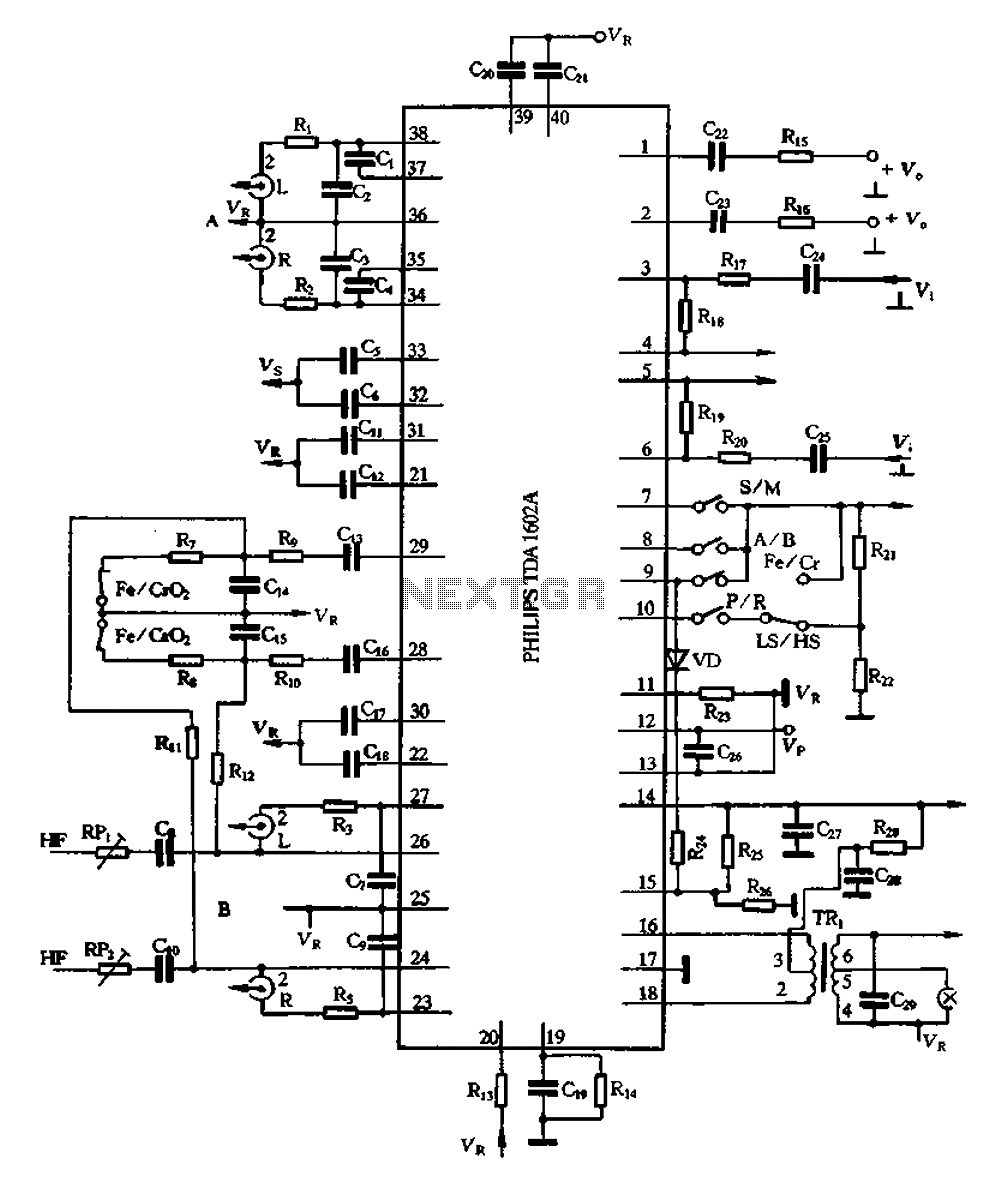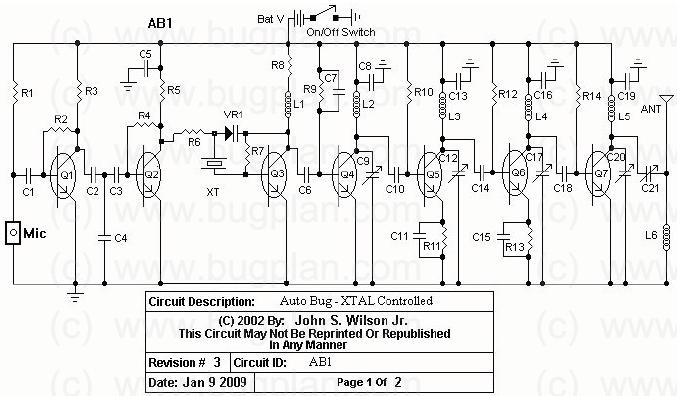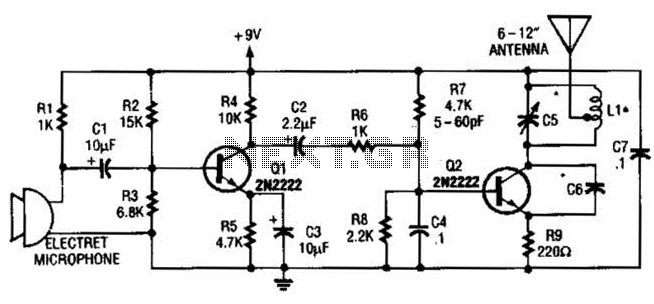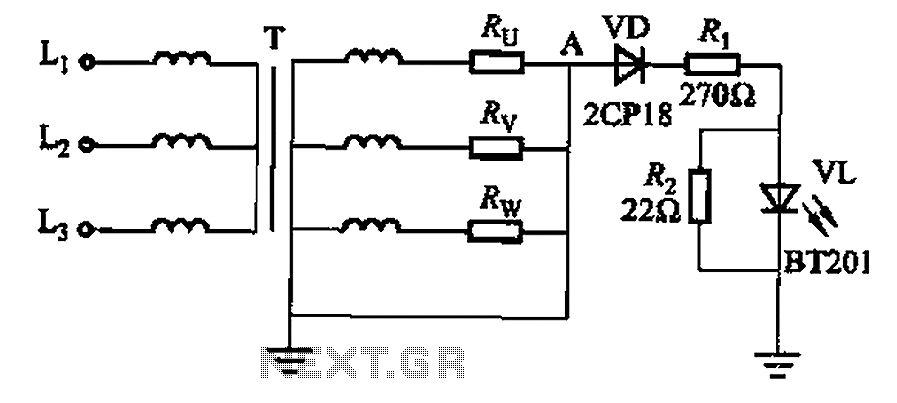
Simple Universal PIC Programmer circuit
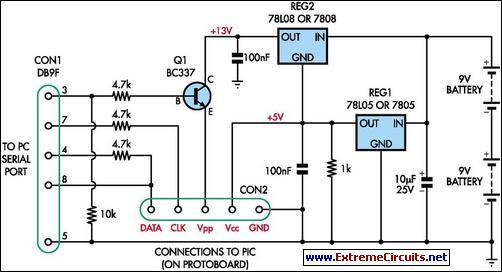
This simple programmer accepts any device supported by software. The circuit is partially based on the ISP header described in the SILICON CHIP "PIC Testbed" project and features an external programming voltage supply for laptops and other situations where the voltage available on the RS232 port is insufficient. This is accomplished using 3-terminal regulators REG1 and REG2. The PIC to be programmed can be mounted on a protoboard, eliminating the need for complex socket wiring to support multiple devices. The 16F84A, 12C509, 16C765, and other devices have all been successfully used with this programmer.
The described programmer is designed to facilitate the programming of various PIC microcontrollers through a simplified interface. The core of the circuit utilizes an In-System Programming (ISP) header, which is integral for the communication between the programmer and the PIC devices. The ISP header allows for direct programming of the microcontroller while it is mounted on the protoboard, enhancing convenience and reducing the complexity associated with traditional programming methods that often require dedicated sockets for each type of device.
To address the issue of insufficient voltage levels from the RS232 port, the circuit incorporates two 3-terminal voltage regulators, identified as REG1 and REG2. These regulators are responsible for providing a stable and adequate programming voltage, which is crucial for the successful operation of the programming process, especially in scenarios where laptops or other devices with limited output voltage are used. The voltage regulators ensure that the microcontroller receives the correct programming voltage, regardless of the variations that may occur from the RS232 port.
The design's flexibility is further highlighted by its compatibility with multiple PIC devices, including but not limited to the 16F84A, 12C509, and 16C765. This versatility allows users to program a wide range of devices without the need for extensive modifications to the circuit or additional hardware. The ability to mount the PIC on a protoboard simplifies the setup process and reduces the need for complex wiring configurations, making this programmer an efficient tool for both hobbyists and professionals engaged in microcontroller development and programming tasks.This simple programmer will accept any device that`s supported by software. The circuit is based in part on the ISP header described in the SILICON CHIP "PIC Testbed" project but also features an external programming voltage supply for laptops and for other situations where the voltage present on the RS232 port is insufficient. This is done using 3-terminal regulators REG1 & REG2. The PIC to be programmed can be mounted on a protoboard. This makes complex socket wiring to support multiple devices unnecessary. 16F84A, 12C509, 16C765 and other devices have all been used successfully with this device.. 🔗 External reference
The described programmer is designed to facilitate the programming of various PIC microcontrollers through a simplified interface. The core of the circuit utilizes an In-System Programming (ISP) header, which is integral for the communication between the programmer and the PIC devices. The ISP header allows for direct programming of the microcontroller while it is mounted on the protoboard, enhancing convenience and reducing the complexity associated with traditional programming methods that often require dedicated sockets for each type of device.
To address the issue of insufficient voltage levels from the RS232 port, the circuit incorporates two 3-terminal voltage regulators, identified as REG1 and REG2. These regulators are responsible for providing a stable and adequate programming voltage, which is crucial for the successful operation of the programming process, especially in scenarios where laptops or other devices with limited output voltage are used. The voltage regulators ensure that the microcontroller receives the correct programming voltage, regardless of the variations that may occur from the RS232 port.
The design's flexibility is further highlighted by its compatibility with multiple PIC devices, including but not limited to the 16F84A, 12C509, and 16C765. This versatility allows users to program a wide range of devices without the need for extensive modifications to the circuit or additional hardware. The ability to mount the PIC on a protoboard simplifies the setup process and reduces the need for complex wiring configurations, making this programmer an efficient tool for both hobbyists and professionals engaged in microcontroller development and programming tasks.This simple programmer will accept any device that`s supported by software. The circuit is based in part on the ISP header described in the SILICON CHIP "PIC Testbed" project but also features an external programming voltage supply for laptops and for other situations where the voltage present on the RS232 port is insufficient. This is done using 3-terminal regulators REG1 & REG2. The PIC to be programmed can be mounted on a protoboard. This makes complex socket wiring to support multiple devices unnecessary. 16F84A, 12C509, 16C765 and other devices have all been used successfully with this device.. 🔗 External reference
